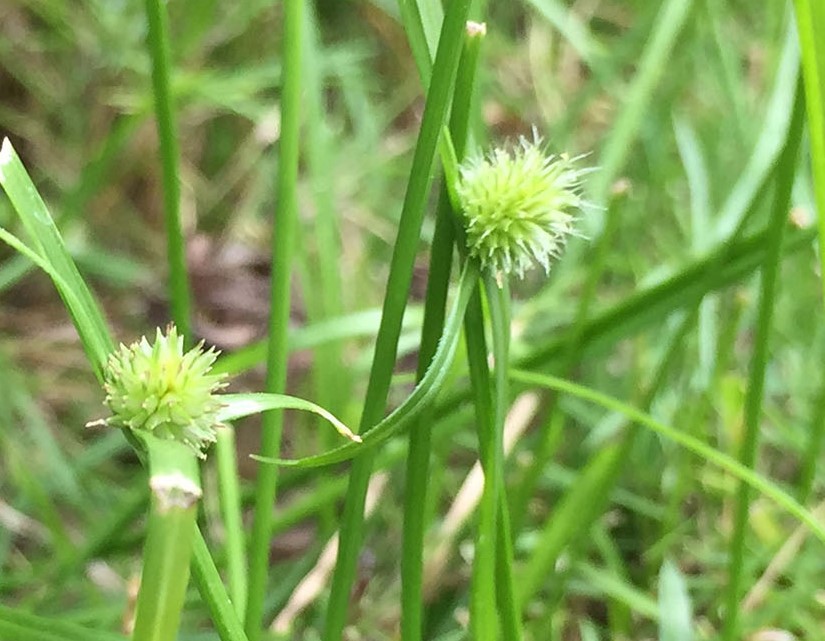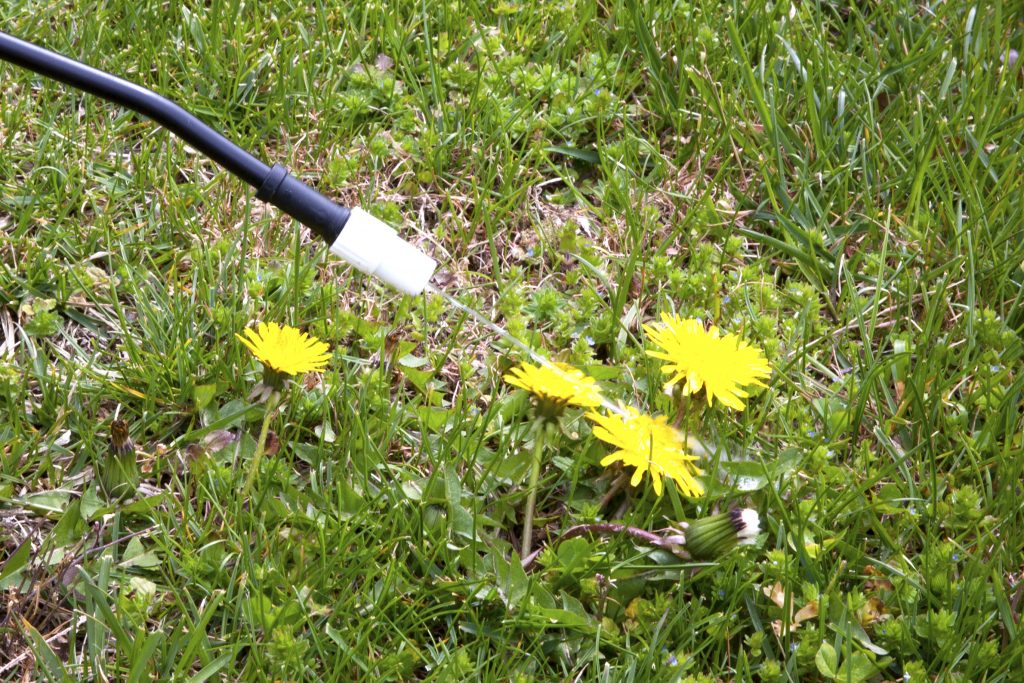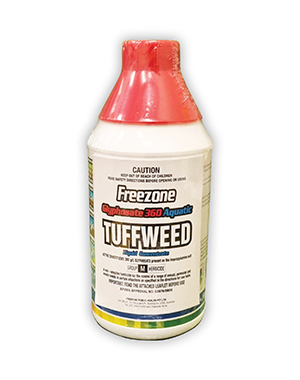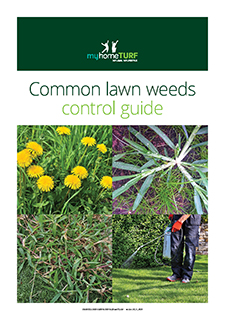What are Perennial Weeds?
Perennial Weeds are longer lived plants that can survive winter or regrow from roots, rhizomes or tubers in spring after a period of dormancy. Many weeds that grow from seed ...

 Mullumbimby Couch is one of the hundreds of sedges in the genus Cyperus, which is found in both tropical and warm temperate environments across the World.
Mullumbimby Couch is one of the hundreds of sedges in the genus Cyperus, which is found in both tropical and warm temperate environments across the World.
Some Sedge Grass is grown as ornamentals or pot plants, while other species with edible tubers are used for food and as a spice. Despite their common names, Sedges are not grasses.
Mullumbimby Couch (Cyperus brevifolius) is also known as Short-leaf Flat Sedge and Perennial Greenhead Sedge.
It is regarded as an environmental weed in parts of Western Australia, Queensland, New South Wales and Victoria.
Mullumbimby Couch produces long reddish-purple rhizomes which send up smooth, hairless three-sided stems.
The flower spikes of Mullumbimby Couch have three short, curved leaves protruding from the base of the pale green seed heads which can be produced all year round.
The egg-shaped seeds have a beak and are often enclosed by a pale papery husk.
Mullumbimby Couch reproduces from both seed and the creeping underground runners and can quickly develop into thick mats.
It favours locations with excess soil moisture and high humidity and is especially common in gardens, footpaths, lawns and roadsides.
Mullumbimby Couch is prevalent across northern Western Australia and the Northern Territory, as well as south-eastern, central and northern Queensland, eastern New South Wales and the ACT.
Mullumbimby Couch can be difficult to eradicate because it produces large numbers of seeds and has an extensive system of underground rhizomes and tubers.
The main options for controlling Mullumbimby Couch are mechanical and chemical methods. They’re more likely to succeed if undertaken when plants are actively growing, not stressed and haven’t seeded.
The best way to tackle Mullumbimby Couch is to target small plants before they’ve had time to develop an extensive rhizome network under the ground.
Use a sharp spade to dig up Mullumbimby Couch plants, leaving a generous margin around them and going deep enough to capture any rhizomes that may be forming.
 There are several herbicide sprays on the market that are suitable for managing Mullumbimby Couch.
There are several herbicide sprays on the market that are suitable for managing Mullumbimby Couch.
Applied correctly, glyphosate can be effective, but as a non-selective herbicide it will poison everything it touches, including the surrounding lawn.
Selective products containing the active ingredient halosulfuron-methyl can be safely sprayed on many turf varieties, while others should only be used for spot application. This includes products containing MCPA that are marked on the label as being suitable for Paspalum, Nut Grass and Clover.
Depending on the maturity of the plants and how large an area is affected, it may be necessary for you to spray more than once.
Always read the safety directions and instructions on the product label before use.

TUFFWEED Liquid Glyphosate 1L super concentrate is a non-selective herbicide that combats the toughest of weeds. Before use always check to see if your lawn variety is suitable for the use of TUFFWEED Liquid Glyphosate 1L. Always read the safety directions and instructions on the product label before use.
SHOP NOWA strong, healthy lawn provides the best defense against infestation by weeds such as Mullumbimby Couch.
Learn what kind of grass you have and take care of it properly using the right kind of fertiliser, maintaining the optimum soil pH and mowing your lawn to the recommended height.
Other preventative measures include fixing any drainage or irrigation issues and stopping water from collecting in hollows in your lawn.
Top-dressing can get rid of small dips, but in larger poorly drained areas, it might be necessary to remove a section of sod. You can put down a mixture of compost, sand, or other amendments to increase the porosity of the upper layers of soil and then re-lay your lawn on top.
In areas where Mullumbimby Couch is a known problem, you could try using a pre-emergent herbicide in autumn to stop weed seeds from germinating in the following spring.
myhomeTURF recommends OxaFert, which is a combination product containing both fertiliser and pre-emergent herbicide. Always read the safety directions and instructions on the product label before use.
Sign up for our Newsletter to receive your free guide.
